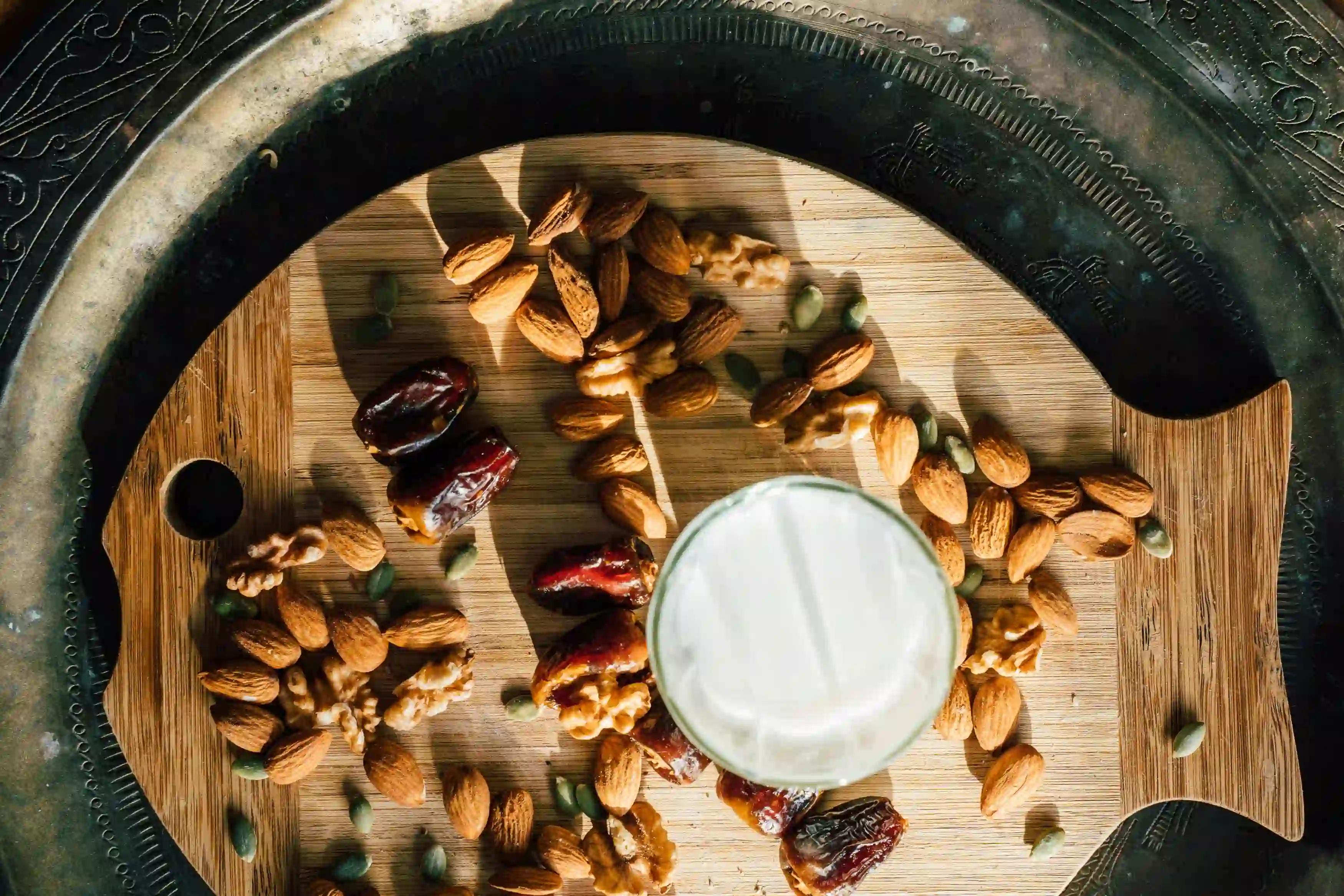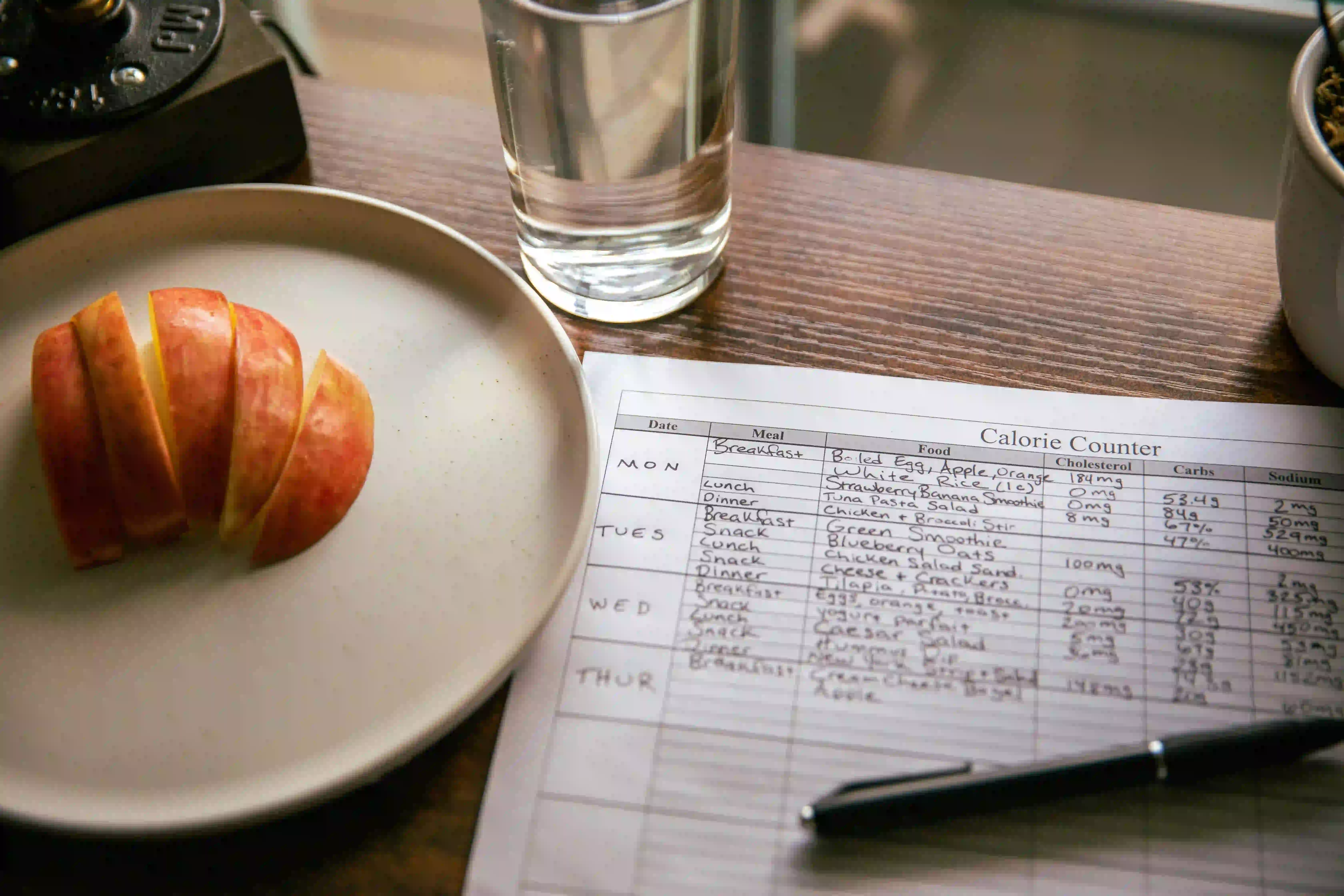What are the basic rules for intermittent fasting?
Introduction to Intermittent Fasting Rules
What you eat matters—but when you eat may be the ultimate rulebook. This intermittent fasting guide cuts through the noise: timing your meals can turbocharge your metabolism, sharpen your focus, and simplify your relationship with food.

What Is IF?
Intermittent fasting is an eating pattern that alternates between defined periods of eating and fasting—no food rules, just time rules.
Why It’s Everywhere
From biohackers to busy parents, IF’s blend of simplicity and science-backed benefits has catapulted it into the mainstream.
Here’s the Promise
Stick with me through this playbook, and you’ll walk away knowing exactly which IF method suits your life and how to nail it—no guesswork required.
1. Choose Your Fasting Method
Overview: Match Your Rhythm to Your Life
Your perfect fasting plan hinges on lifestyle, energy needs, and social calendar. Below are the top methods in this intermittent fasting rule, each reflecting a different intensity level.

16/8 Method
Fast for 16 hours, eat during an 8-hour window (e.g., noon to 8 p.m.). It’s beginner-friendly and easy to follow, especially since much of the fast happens overnight.
18/6 Method
This method shortens the eating window to six hours, offering more intensity than 16/8. A common window is 11 a.m. to 5 p.m. Gradually working up to it is recommended.
14/10 Method
Fast for 14 hours, eat within 10. It’s a gentle starting point—like eating between 8 a.m. and 6 p.m.—and ideal for easing into longer fasts.
20/4 Method
A more advanced method —fast for 20 hours and eat in a tight 4-hour window. Usually involves one main meal with high-protein and veggie-packed foods.
Alternate‑Day Fasting
Eat normally one day, then fast or eat around 500 calories the next. It can deliver fast results but is more demanding and not for everyone.
2. Honor Your Eating and Fasting Windows
Stick to the core intermittent fasting rules:
- During your eating window, enjoy balanced meals rich in protein, fiber, and healthy fats;
- In your fasting window, consume zero calories—water, black coffee, and herbal tea only.
Smooth transitions come from ending your last meal on protein and breaking fast with something light like broth or a smoothie.
3. Prioritize Nutrient‑Dense Foods
-
Why Whole Foods Trump Junk: During your eating window, every bite counts. Unprocessed whole foods deliver vitamins, minerals, and antioxidants that support energy and recovery—whereas empty‑calorie junk can spike insulin and undo fasting benefits.
-
Macronutrient Balance:
- Protein: Builds and repairs tissue—aim for lean meats, eggs, legumes.
- Fiber: Keeps you full longer—load up on veggies, fruits, whole grains.
- Healthy Fats: Support hormone health—think avocados, nuts, olive oil.
-
Portion Tips to Avoid Undoing Your Fast:
- Use your palm as a protein‑portion guide (one palm = one serving).
- Fill half your plate with veggies first, then add protein and fats.
- Eat slowly—put your fork down between bites to recognize fullness.

4. Hydration Is Non‑Negotiable
-
The Role of Water in Appetite Control: Thirst often masquerades as hunger. Staying well‑hydrated helps curb false hunger signals and keeps digestion smooth.
-
Smart Swaps:
- Sip herbal teas (peppermint, chamomile) to soothe cravings.
- Enjoy black coffee—caffeine can suppress appetite and boost alertness.
-
Daily Hydration Targets:
- Aim for at least 2–3 liters of water per day (adjust for climate and activity).
- Carry a reusable bottle and set hourly reminders to drink.
5. Listen to Your Body
-
Warning Signs to Break a Fast:
- Dizziness, weakness, heart palpitations, or confusion—don’t tough it out if you feel unwell.
-
Adjusting Windows for Energy, Mood & Performance:
- If afternoon slumps hit, shift your eating window earlier.
- On high‑stress days, shorten fasts or switch to a gentler method (14/10).
-
Exercise Guidelines: Light vs. Intense
- Light Activity (walking, yoga): Safe during fasts and aids fat burning.
- Intense Workouts (HIIT, heavy lifting): Best scheduled during eating windows or after a small pre‑workout snack.
6. Plan Ahead for Success
-
Aligning Your Fast with Work, Social Life & Sleep:
- Pick windows that avoid mealtime events or late‑night deadlines.
- If you’re a morning person, finish eating by early evening to support sleep.
-
Meal‑Prep Hacks & Snack‑Strategy:
- Batch‑cook proteins and veggies on Sundays.
- Portion snacks (nuts, cut fruit) into grab‑and‑go bags to resist impulse choices.
-
Tracking Tools & Habit‑Building:
- Use our website to calculate the meal time or apps like FastHabit to log your windows and note how you feel.
- Tie your eating window to an existing routine (e.g., first meal after morning coffee) to make fasting stick.
7. Consult a Healthcare Professional
-
Who Should Think Twice Before IF:
- Pregnant or breastfeeding individuals
- Those with diabetes or blood‑sugar issues
- People with a history of eating disorders
- Underweight or frail older adults
-
Questions to Ask Your Doctor:
- “Is intermittent fasting safe for my health conditions?”
- “How should I adjust my fast if I’m on medication?”
- “Which biomarkers (e.g., blood sugar, lipids) should I monitor?”
-
Monitoring Progress Safely:
- Schedule periodic check‑ins with blood tests
- Keep a symptom log (energy levels, sleep quality, mood)
- Adjust or pause fasting if advised by your provider.

8. Bonus Tips & Troubleshooting
Start with a 12/12 fast‑eat split for one to two weeks before tightening your window.
On fasting days, make every calorie count with protein and fiber. And wrap up your last meal at least two hours before bedtime for better sleep.
Recap the Core “Must‑Dos”:
- Pick an IF method that fits your life
- Honor your eating/fasting windows
- Load up on nutrient‑dense whole foods
- Hydrate relentlessly
- Listen and adapt to your body
- Plan for real‑world schedules
- Get the green light from a pro
Choose your preferred fasting schedule, commit for two weeks, and journal daily—track your energy, mood, and any wins. Ready, set, fast!
Read More
Ultimate Guide to Intermittent Fasting While Breastfeeding

Is intermittent fasting safe while breastfeeding? Complete medical guide covering risks, benefits, and safe approaches for mothers. Expert advice included
Read moreWhy is 16 hours the magic number for fasting?

Learn the science behind 16 : 8 intermittent fasting. Find out why a 16 hour fast boosts fat loss, improves metabolism, and supports longevity.
Read moreHow to start intermittent fasting?

Struggling to begin? This guide shows exactly how to start intermittent fasting and stick with it. Boost energy, lose weight, feel amazing.
Read more